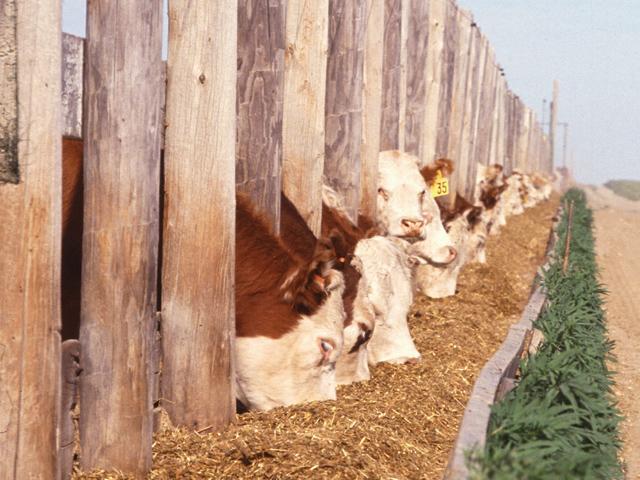Sort & Cull
Bullish Tones Illuminate Live Cattle Complex View Heading Into Second Half of 2022
If there's one thing that's becoming more and more apparent about 2022 it's that seasonal trends aren't hard rules to live by in today's market. As the cattle cycle moves from having a plethora of cows to having the second smallest cow herd in the last 50 years, the market is changing, and prices are beginning to reflect the market's change in tone.
Over the last two weeks not only have cash cattle prices grown stronger, but the market has been able to move at or above 100,000 head each week. Two weeks ago, for the first time in over a month and a half, the cash cattle market traded 102,980 head and prices were $1.00 to $2.00 higher. Last week the cash cattle market successfully traded 100,017 head and prices were $2.00 to $4.50 higher. As packers show more and more interest in the cash cattle market, two undeniable conclusions can be drawn: 1) Packers are short bought and in need of cattle; and 2) Aggressive throughput has changed this summer's cash cattle market.
P[L1] D[0x0] M[300x250] OOP[F] ADUNIT[] T[]
First, it's inarguable that packers have gotten caught short bought and are in desperate need of cattle. Historically this is a time when packers would slowly buy cattle week in and week out to eliminate their chances of ever getting caught in short supply and to work the cash market lower before it begins its higher climb into fall and the third and fourth quarters. But as slaughter speeds have run more aggressively than in years past, captive supplies, forward-bought cattle, and cattle purchased through alternative marketing agreements aren't keeping packer's inventory flush enough to allow them to avoid the cash cattle market altogether.
Based off the USDA's Actual Slaughter Data which runs two weeks behind to allow the USDA to accurately account for all classes, for the week ended July 30 there have been 19,995,539 head of cattle processed thus far in 2022. In 2021 there had only been 19,689,904 head of cattle processed at this time -- giving 2022 a 305,635 head lead on the previous year, and a 714,927 head lead on the market's three-year average.
I think it's also important to note what Friday's WASDE report had to share about the remaining third and fourth quarters of 2022, but also what's expected for the beginning quarters of 2023. First, beef production grew by 68 million pounds from July's WASDE report, which pushes 2022's total production to an estimated 27,990 million pounds as slaughter speeds continue to run hard. And beef production in 2023 grew substantially from last month's report as an additional 325 million pounds were added, which puts the year's estimated production at 26,265 million pounds. Both the third and fourth quarters of 2022 saw increases from July's WASDE report as their quarterly steer prices are expected to average $140 (up $1.00) and fourth quarter prices are expected to average $147 (up $2.00). The first quarter of 2023 saw a $1.00 increase as steers are expected to average $151, but the second quarter held steady for 2023 steer prices at $152. Beef imports for 2022 were reduced by 56 million pounds, while beef exports grew by 65 million pounds. Beef imports for 2023 saw no changes from July's report, but 2023's estimated exports grew by 40 million pounds.
Whether you focus on today's reality (the market's cash cattle trade, boxed beef prices, and slaughter trends) or gaze to the future and try to pinpoint its reality (beef demand, export needs, import pressures) the cattle market has much to be excited about and prices are just in the beginning stages of this upward trend.
ShayLe Stewart can be reached at ShayLe.Stewart@dtn.com
(c) Copyright 2022 DTN, LLC. All rights reserved.






Comments
To comment, please Log In or Join our Community .